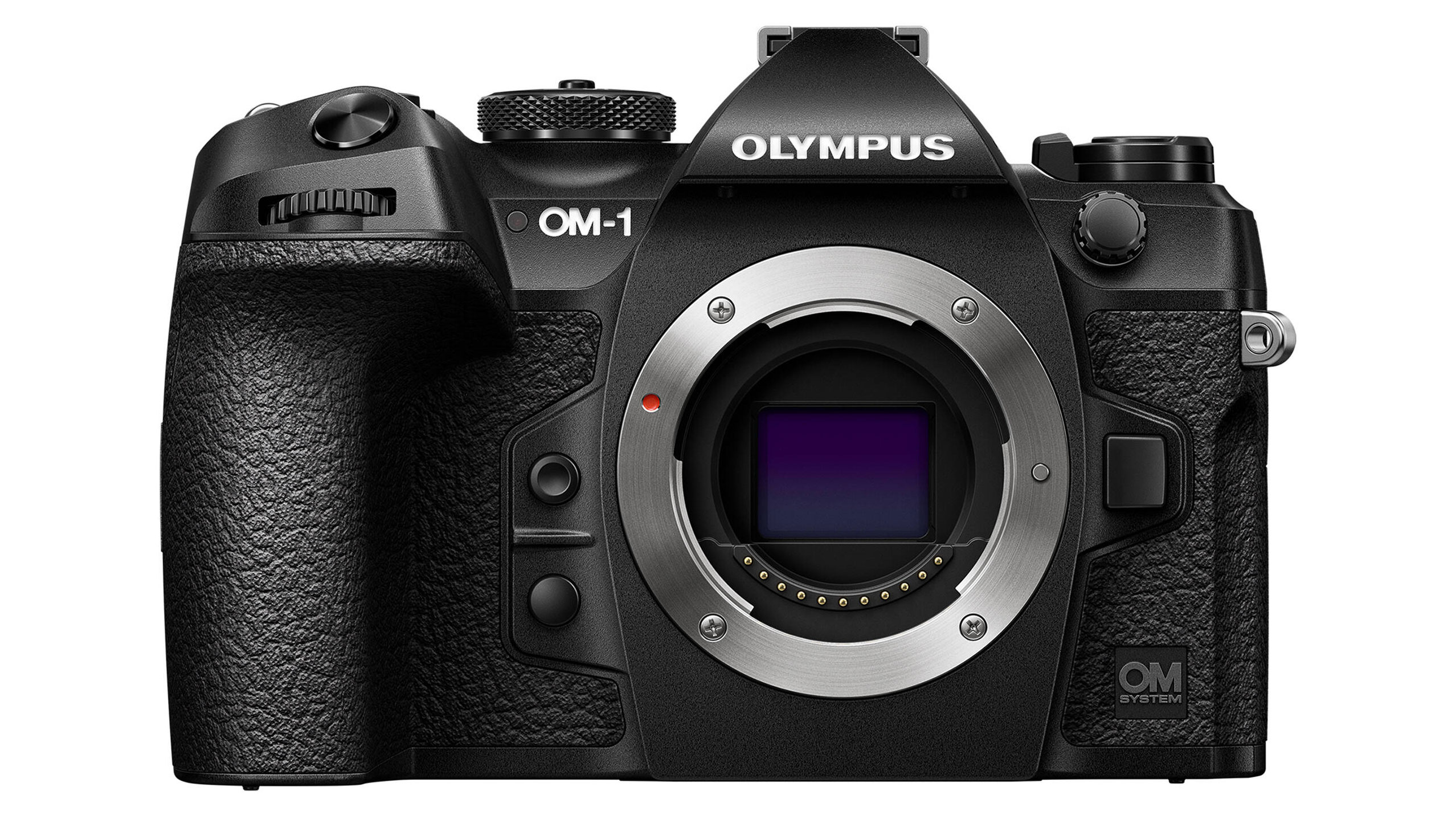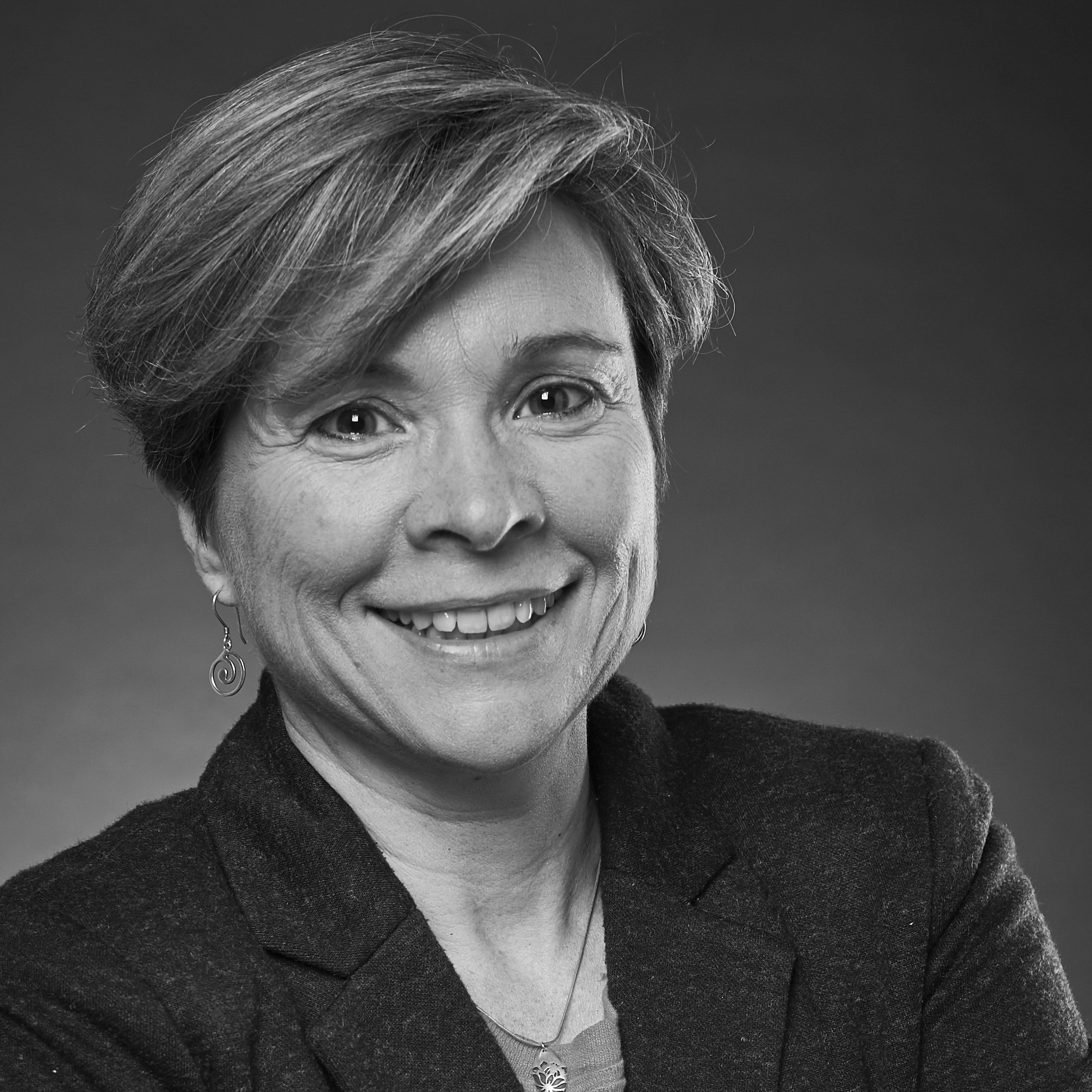Olympus OM-1 vs OM-D E-M1 Mark III
Thinking about buying either the Olympus OM-D E-M1 Mark III or the new OM System OM-1? We compare their key features

The Olympus camera business is now owned by OM Digital Solutions and while the company’s latest camera is called the OM System OM-1, it has the Olympus badge on it. Confusing, isn’t it?
Anyway, the OM-1 is the successor to the Olympus OM-D E-M1 Mark III and it sits above the Olympus OM-D E-M1X as the flagship camera in the company’s line-up. Like the E-M1 Mark III and unlike the E-M1X which is aimed at professional wildlife photographers, the OM-1 has a single grip design, but it has many of features seen in the E-M1X and more.
Naturally, many Olympus OM-D E-M1 Mark III owners are eyeing the OM-1 with a view to upgrading and in this post, I’ll compare their key features to help with that decision.
1. Sensor

• OM System OM-1: 20.4Mp Stacked BSI CMOS
• Olympus OM-D E-M1 Mark III: 20.4Mp CMOS
OM Digital Solutions has stuck with the same resolution as the E-M1 Mark III for the OM-1, but the new camera’s sensor has a stacked, backside-illuminated design. This means that the OM-1’s sensor gathers light more efficiently, helping to boost image quality. The sensor’s readout is also faster than the E-M1 Mark III’s, which means that the autofocus performance is boosted and the rolling shutter effect is less of an issue.
2. Autofocus system
• OM System OM-1: Hybrid AF with 1053 cross-type phase detection points
• Olympus OM-D E-M1 Mark III: Hybrid AF with 121 phase detection points
The OM-1’s sensor also features a quad-pixel AF system that enables all of the 1053 phase detection AF points to be cross-type rather than linear. This means that the new camera should be better at spotting a subject than the E-M1 Mark III.
The OM-1 also has the AI-driven Subject Detection modes that were first seen in the Olympus OM-D E-M1X. Consequently, it can detect and focus on formula cars, motorcycles, airplanes, helicopters, trains, birds and animals (dogs and cats). The detection, tracking and responsiveness of the Face Priority/Eye Priority AF for humans has also been improved.
3. Processor
• OM System OM-1: TruePic X
• Olympus OM-D E-M1 Mark III: TruePic IX
In another performance-boosting move, the OM-1 has a new processing engine called TruePic X. OM Digital Solutions claims this processor is 3x faster than the TruePic IX engine in the OM-D E-M1 Mark III.
A faster processor helps improve performance generally as well as boosting aspects such as the continuous shooting capability and enabling a native sensitivity range of ISO 200-102,400 (plus low expansion settings of ISO 80 and ISO 100). The E-M1 III’s range is ISO 200-25,600 (plus ISO 64 and ISO 100).
4. Continuous shooting

• OM System OM-1: 50fps with C-AF, 120fps with S-AF, 50fps or 120fps in Pro Capture Mode
• Olympus OM-D E-M1 Mark III: 10fps with C-AF, 15fps with S-AF, 18fps or 60fps in Pro Capture Mode
The OM-D E-M1 III is no slouch when it comes to continuous shooting, but the OM-1 takes things to a new level with the ability to shoot at 50fps (frames per second) with full autofocus and metering capability and 120fps with the focus and exposure set at the start of the shooting sequence.
There’s also the Pro Capture mode which offers the same speeds but the camera starts to record images from the point that the shutter is half-pressed. It’s useful for capturing action that’s unpredictable as you can press the shutter home fully as the action begins and the camera will write the images from moments before and after.
5. Computational photography
• OM System OM-1: 5-second processing
• Olympus OM-D E-M1 Mark III: 15-second processing
Another bonus of the OM-1’s faster processor is that the camera’s computational modes such as High Res Shot mode and Live ND are better. Instead of taking 15 seconds to render a 50Mp or 80Mp images from a sequence of images shot automatically in High Res Shot mode, for example, the OM-1 takes 5 seconds. That’s a huge difference when you’re out on a shoot.
6. Video
• OM System OM-1: 4K (4096 x 2160) at up to 60p
• Olympus OM-D E-M1 Mark III: 4K (4096 x 2160) at up to 30p
In a step-up from the OM-D Mark III, the OM-1 is able to record 4K 10-bit video at up to 60p and Full HD video at up to 240p (up from 120p). The new camera also supports H.264 8-bit, H.265 10-bit and Multi Frame Rate recording of clips over 30 minutes in duration.
In addition, the OM-1 can output raw video at up to 12 bit 4:4:4 to an Atomos Ninja V or Atomos Ninja V+ and there’s HLG (Hybrid Log Gamma) capability alongside the Flat Picture Mode and OM-Log400 options.
7. Viewfinder
• OM System OM-1: 5.76M-dot OLED with 0.83x magnification
• Olympus OM-D E-M1 Mark III: 2.36M-dot LCD with 0.76x magnification
While the OM-D E-M1 Mark III has a 2.36M-dot LCD viewfinder with 0.76x magnification, the OM-1 has a 5.76M-dot OLED viewfinder with 0.83x magnification. This means that the OM-1’s viewfinder is more detailed and clearer than its predecessor. It’s a more natural viewing experience.
8. Weather sealing

• OM System OM-1: IP53
• Olympus OM-D E-M1 Mark III: IPX1
The E-M1 Mark III’s weatherproofing is rated at IPX1, which means it should survive drips and splashes of water, but the OM System OM-1 is rated to IP53, which means it can cope with being sprayed by a jet of water. That’s good news for anyone who likes taking photographs in rain or at the coast.
Olympus OM-1 vs OM-D E-M1 Mark III: Conclusions
The Olympus OM-1 makes an extensive list of upgrades on the OM-D E-M1 Mark III. The new sensor and processing engine should enable the camera to capture better quality images while aspects such as the enhanced autofocus system and snappier responses make it easier to capture the images that you want in a wide range of situations.
Also, the use of the new BLX-1 battery means that the number of images that can be captured on one charge leaps from 420 to 520 in CIPA testing. It’s also good to see that both of the SD card slots in the OM-1 are USH-II compliant rather than just one.
It all adds up to make the Olympus OM-1 an attractive upgrade on the OM-D E-M1 Mark III provided you don’t mind paying the extra cash.
How we test cameras
Why you can trust Digital Camera World
We test mirrorless and DSLR cameras both in real-world shooting scenarios and in carefully controlled lab conditions. Our lab tests measure resolution, dynamic range and signal to noise ratio. Resolution is measured using ISO resolution charts, dynamic range is measured using DxO Analyzer test equipment and DxO Analyzer is also used for noise analysis across the camera's ISO range. We use these real-world testing and lab results to inform our comments in buying guides. For compact cameras and phones, we judge on real world handling and photographic results alone.
Get the Digital Camera World Newsletter
The best camera deals, reviews, product advice, and unmissable photography news, direct to your inbox!
Angela has been testing camera gear from all the major manufacturers since January 2004 and has been Amateur Photographer’s Technical Editor and Head of Testing for Future Publishing’s photography portfolio (Digital Camera Magazine, PhotoPlus: The Canon Magazine, N-Photo, Practical Photoshop, Photography Week and Professional Photography magazines, as well as the Digital Camera World and TechRadar websites). She is the founder of SheClicks - a community group that encourages and supports female photographers.

